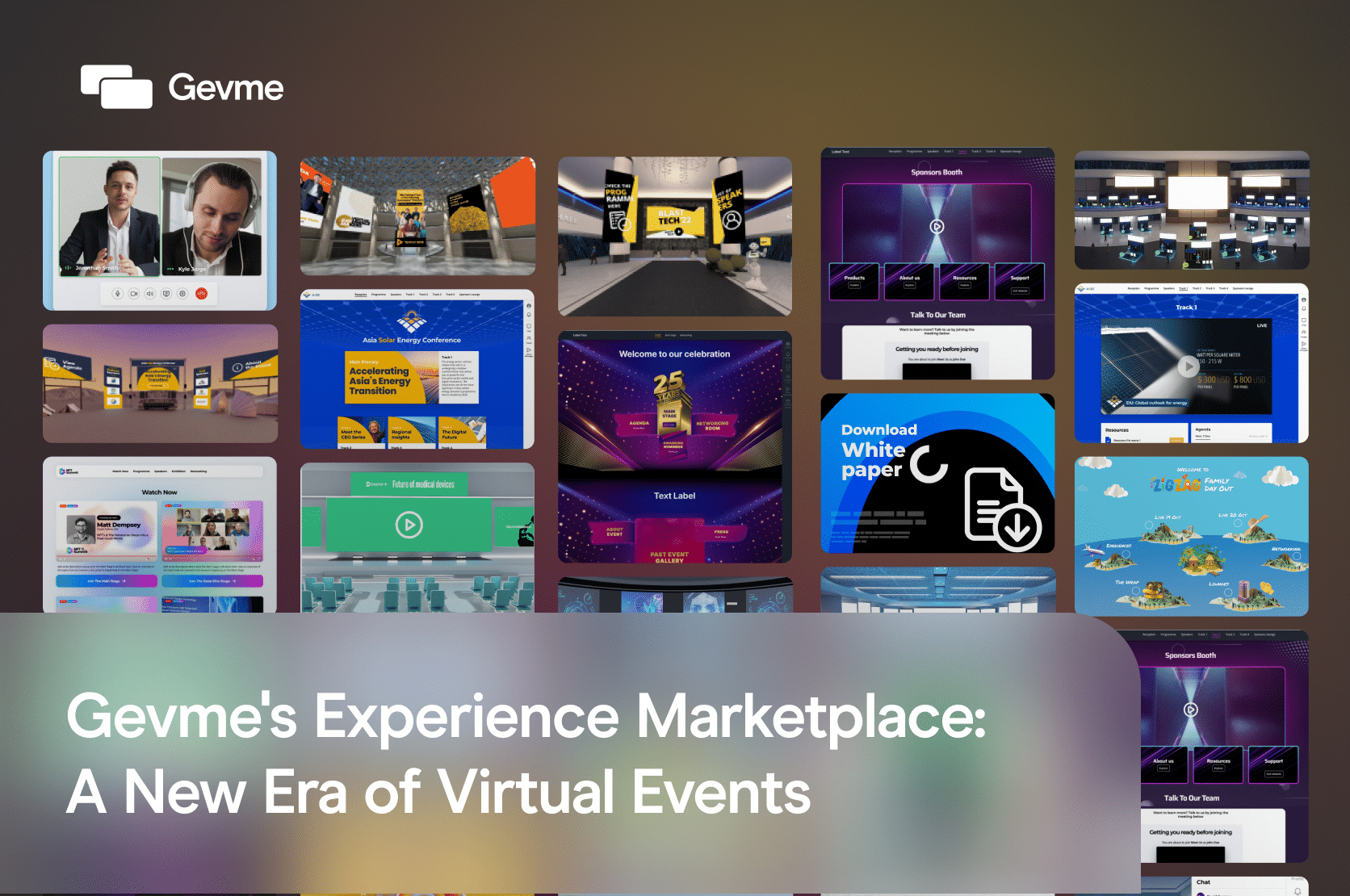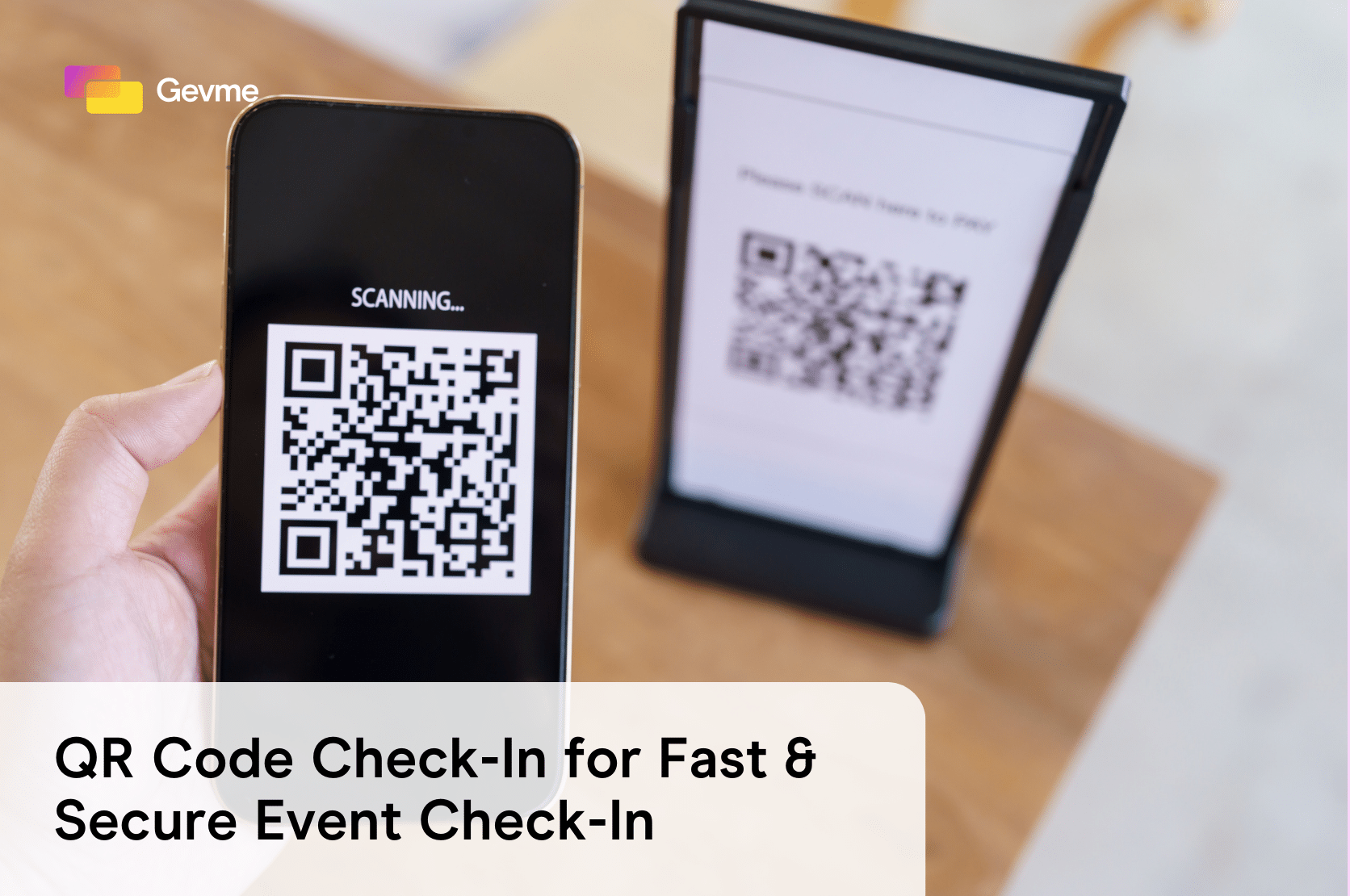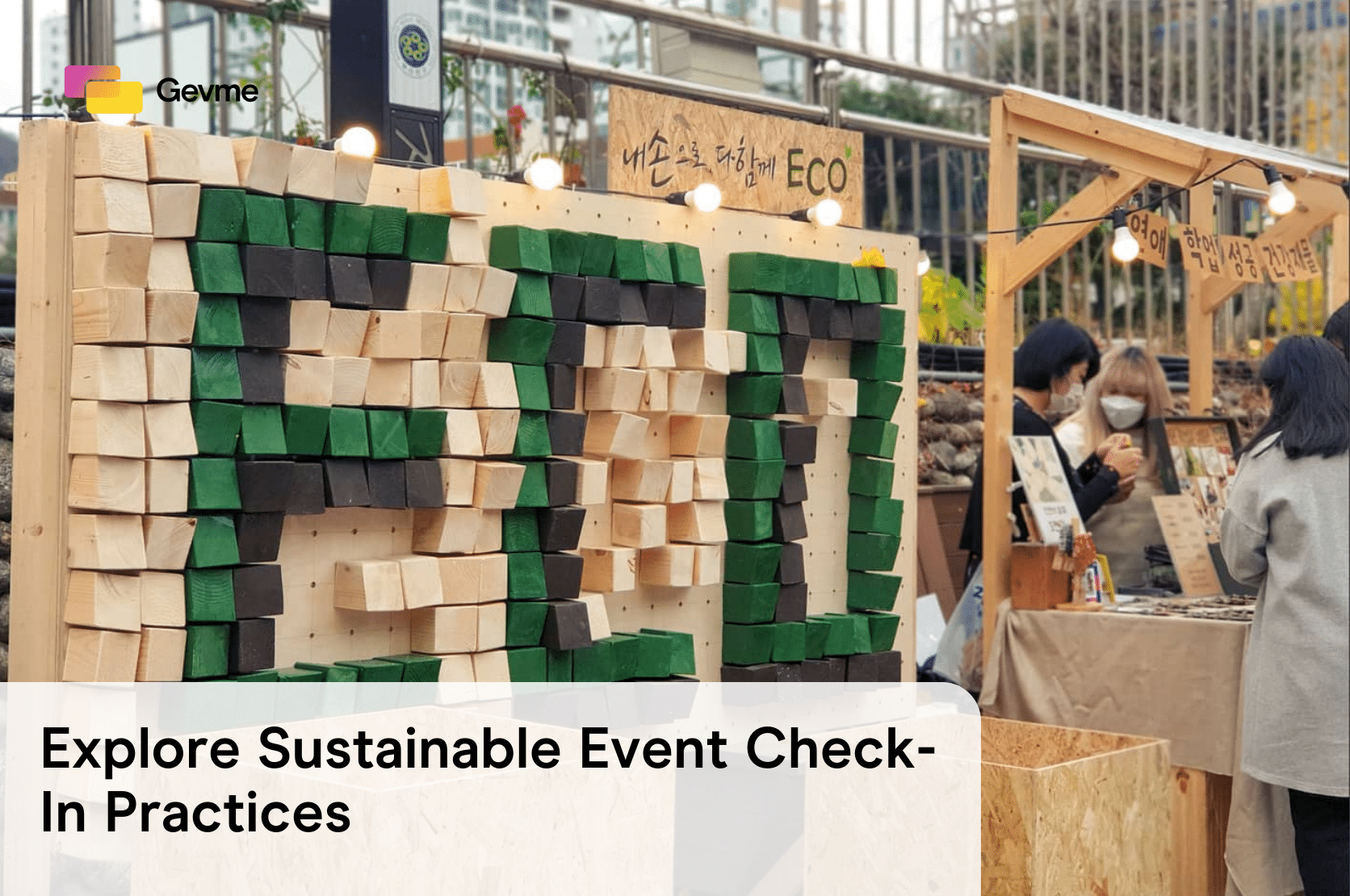In the dynamic landscape of virtual events, the power of design transcends the traditional boundaries of physical spaces, opening up a world of possibilities for creating engaging, immersive experiences. The design of a virtual event is not just about visual aesthetics; it’s a crucial factor that significantly influences attendee engagement, information retention, and overall event success. This intricate interplay of visuals, functionality, and user experience is what makes virtual event design a pivotal element in digital gatherings.
Enter Gevme’s Experience Marketplace, an integral part of their comprehensive virtual event management system, that revolutionises the way event organisers design virtual spaces.
The importance of Gevme’s Experience Marketplace lies in its ability to transform the conceptual vision of an event into a tangible virtual experience. With a plethora of themes ranging from the elegantly simple to the intricately immersive, this platform empowers organizers to craft unique virtual environments.
Whether it’s a corporate conference requiring a professional and sleek design or a creative webinar seeking a more vibrant and interactive backdrop, the marketplace delivers. It offers the creative freedom and flexibility necessary for organizers to align their event design with specific goals, objectives, and audience demographics, thus ensuring a virtual environment that resonates with attendees and enhances the overall event narrative.
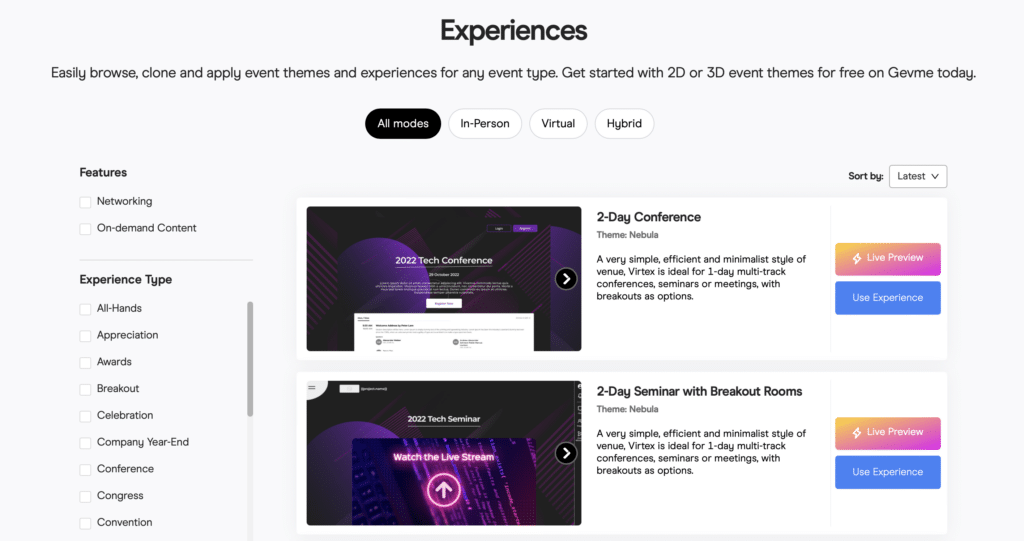
Understanding the Basics of Virtual Event Design
At its essence, virtual event design is the art and science of creating engaging digital environments that captivate and hold the attention of attendees. It’s a multifaceted process within a virtual event management system that combines visual creativity with strategic planning and technical prowess. The design process involves several key components: the selection of a theme that reflects the event’s tone and message, the creation of a layout that facilitates easy navigation and interaction, and the integration of multimedia elements that enrich the attendee experience. Each of these components plays a vital role in constructing a virtual space that is not only aesthetically pleasing but also functionally robust and user-friendly.
The selection and customization of themes are particularly crucial in setting the tone for the event. A well-chosen theme acts as the foundation of the event’s design, providing a consistent visual language and atmosphere. It should resonate with the event’s purpose and audience, whether it’s to inspire creativity, foster professional networking, or facilitate educational workshops. Beyond the visual appeal, the theme must also be practical, ensuring that attendees can navigate the virtual space intuitively and interact with the content and other participants seamlessly.
The ‘experiences‘ aspect of virtual event design extends to how attendees engage and interact with the event. This includes the flow of the event, the types of interactive sessions available, networking opportunities, and the overall user journey within the virtual space. These experiences are what transform a virtual event from a passive viewing experience into an active, engaging environment. Effective event design leverages interactive elements like live chats, Q&A sessions, polls, and breakout rooms to encourage participation and foster a sense of community among attendees.
Exploring Gevme’s Experience Marketplace
Within Gevme’s virtual event management system, the Experience Marketplace serves as a cornerstone for organizers aiming to elevate their virtual events. Whether it’s for a professional corporate conference, an interactive educational seminar, or a lively virtual fair, the Experience Marketplace offers an array of options to bring each unique event vision to life.
Variety and Diversity of Themes
Gevme’s Experience Marketplace has a diverse collection of themes, ranging from minimalist 2D designs to more complex and immersive 3D environments. These themes are meticulously crafted to suit various event narratives and aesthetics. For instance, professional and corporate events might find sleek and sophisticated themes that embody a formal tone, while more casual or creative events can explore vibrant and dynamic templates that foster a more relaxed and engaging atmosphere. Free and open-source themes provide a flexible starting point for customization, allowing organizers to tweak and tailor them to their specific event needs. Paid themes, on the other hand, offer exclusive designs and sophisticated features, suitable for events seeking a unique or premium virtual environment.
Customization for Personalization
In Gevme’s virtual event management system, customization is key to aligning the event design with the brand identity and message. Customization can range from simple colour scheme adjustments and branding placements to more complex layout changes and feature integrations. This flexibility ensures that each virtual space is not only visually appealing but also resonates with the event’s purpose and audience, creating a more personalized experience.
Seamless Integration with Event Objectives
Choosing a theme from the Experience Marketplace is about finding a design that seamlessly integrates with the event’s objectives. A well-chosen theme can enhance the delivery of content, facilitate smoother navigation and interaction, and ultimately contribute to the event’s overall success. For educational events, themes that allow for a clear presentation of materials and encourage audience interaction might be ideal. For networking events, themes that facilitate easy connection and conversation among attendees could be more appropriate. The key is to select a theme that not only looks good but also functionally supports the event’s goals.
Steps to Choosing the Right Theme
Selecting the appropriate theme within a virtual event management system like Gevme’s Experience Marketplace is a crucial step in crafting a successful virtual event. The choice of theme can significantly influence the attendee’s experience, engagement levels, and overall perception of the event. Here’s a detailed approach to making the right selection:
Assessing Event Objectives and Audience
Begin by clearly defining the objectives of your event. What are you aiming to achieve? Is it networking, education, sales, or brand promotion? Understanding your goals will guide you in selecting a theme that aligns with these objectives. Simultaneously, consider your audience. A theme that appeals to a corporate audience might differ vastly from one that resonates with a creative or casual demographic. Analyze your attendees’ preferences, expectations, and technological savviness. A theme that is visually appealing yet easy to navigate and interact with will likely enhance their experience.
Matching Themes with Event Purpose and Tone
Once you have a clear understanding of your event’s objectives and audience, delve into the Experience Marketplace to find themes that match your event’s purpose and tone. For a more formal and professional event, choose themes with a clean, sleek design, subtle animations, and a sophisticated colour palette. For a more relaxed or creative event, explore themes with vibrant colours, dynamic layouts, and playful elements. Remember, the theme sets the stage for your event and should complement its tone and content.
Technical Considerations
Technical aspects are equally important. Ensure the theme you choose is compatible with various devices and browsers, as your attendees will likely access the event from different platforms. Consider the bandwidth requirements of the theme, especially if you anticipate a large audience or global participation. A heavy theme with complex animations might require higher bandwidth, which could be a barrier for attendees with limited internet access.
Customization Options in Gevme’s Marketplace
Gevme’s Experience Marketplace not only offers a wide range of themes but also provides extensive customization options to tailor these themes to your event’s specific needs.
Customizing Free and Open-Source Themes
For free and open-source themes, you can start with the basic structure and modify elements like colour schemes, fonts, and layouts to align with your brand identity. Add your logos, brand colours, and any specific design elements that reflect your organization’s style. These themes offer a great foundation for creativity, allowing you to transform a general template into a personalized event space.
Advanced Customization with Paid Themes
Paid themes in the virtual event management system often come with more sophisticated design elements and advanced features. With these themes, you can explore deeper customization, such as unique interactive elements, specialized layouts for different event segments, and integrated multimedia content. Some paid themes may also offer exclusive functionalities that can enhance the attendee experience, such as virtual reality environments or advanced networking capabilities.
Personalization for Brand and Event Narrative
Whether using free or paid themes, personalization within the virtual event management system is crucial for event success. Incorporate storytelling elements that reflect the theme of your event. Use visuals, text, and multimedia in a way that narrates your brand’s story and resonates with your audience. Customization is not just about aesthetics; it’s about creating a cohesive environment that embodies your event’s message and values.

Enhancing Your Event with Unique Experiences
Once you’ve chosen and customized your theme from Gevme’s Experience Marketplace, the next step is to enhance your event with unique experiences. These experiences are pivotal in engaging your audience and making your event memorable.
Utilizing Gevme’s Templates for Engaging Experiences
Gevme’s templates are designed to foster engagement and interaction. For instance, you can use templates that include interactive features like live polling, Q&A sessions, and chat rooms to encourage active participation. Consider templates that allow for breakout sessions or networking lounges, where attendees can engage in smaller group discussions or one-on-one conversations. These interactive elements keep the audience involved and invested in the event, turning passive viewers into active participants.
Incorporating Interactive Features and Virtual Spaces
The key to a successful virtual event is to make it as interactive and engaging as an in-person event. Use Gevme’s tools to create virtual spaces that mimic physical venues, such as exhibition halls, networking zones, and keynote stages. These virtual spaces can be enriched with multimedia content like videos, downloadable resources, and live streams. Additionally, integrating gamification elements, such as leaderboards, scavenger hunts, and rewards for participation, can add a fun and competitive edge to your event.
Leveraging Technology for Immersive Attendee Engagement
Embrace the full potential of technology to create immersive experiences for your attendees. For more sophisticated events, explore options like virtual reality (VR) or augmented reality (AR) experiences, if available. These technologies can transport attendees to a completely different environment, making your event not just an interaction but an experience to remember.

Integrating Multimedia and Interactive Content
A critical aspect of virtual event design is the seamless integration of multimedia and interactive content. This integration plays a vital role in delivering a rich and engaging experience to attendees.
Effective Use of Multimedia
Multimedia elements such as videos, audio, animations, and images should be used strategically to complement the event’s theme and objectives. For example, introductory videos can set the tone for the event, while infographics and animations can be used to explain complex concepts simply and engagingly. Ensure that these elements are optimally placed within the virtual environment for easy access and interaction.
Embedding Interactive Content
Interactive content like polls, quizzes, and live chats not only boosts engagement but also provides valuable feedback and insights from attendees. Use these tools to facilitate real-time interaction, gather attendee’s opinions, and adapt the event flow based on live feedback. Interactive content should be integrated naturally within the event, ensuring it feels like an integral part of the overall experience, rather than an add-on.
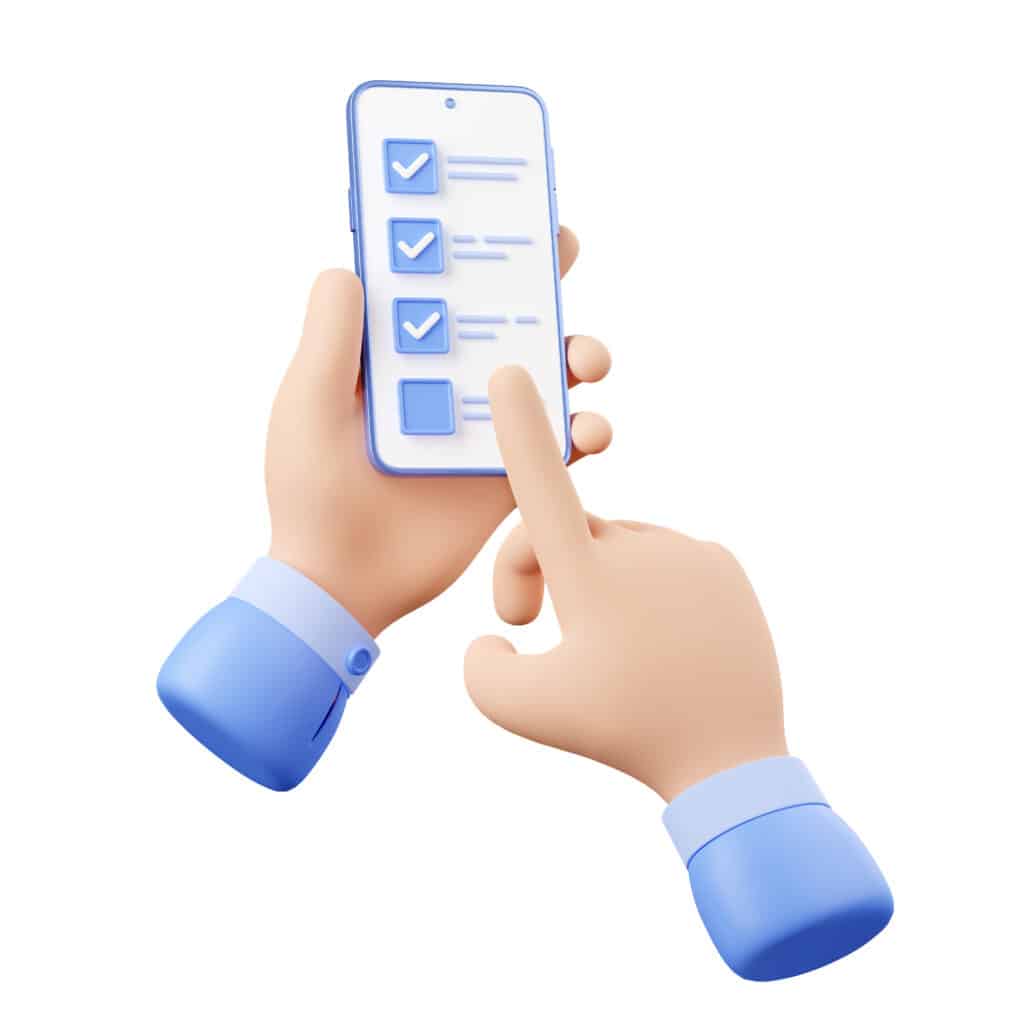
Best Practices for Virtual Event Design
Adopting these practices in virtual event design is essential for creating an engaging and effective digital experience. They ensure that the event is not only visually appealing but also functional, accessible, and enjoyable for all participants.
Balancing Aesthetics with Functionality
The key to successful virtual event design within a virtual event management system lies in striking the right balance between aesthetic appeal and practical functionality. While attractive visuals are important to capture the audience’s attention, the design should not compromise on ease of navigation and interaction. Ensure that the layout is intuitive, with clear directions for attendees to access different sections of the event. Menus, buttons, and links should be prominently placed and easy to use, enhancing the user experience.
Ensuring a Seamless User Experience
A seamless user experience is crucial for keeping attendees engaged and satisfied. This involves ensuring that all design elements load quickly and function correctly, regardless of the attendee’s device or internet speed. Regularly test the platform to identify and fix any technical issues that might disrupt the user experience. Additionally, providing a virtual help desk or FAQ section can assist attendees in navigating the event and resolving any queries promptly.

Keeping Up with the Latest Trends and Innovations
The virtual event landscape is constantly evolving, with new trends and technologies emerging regularly. Stay informed about the latest innovations in virtual event technology and consider how these can be incorporated into your event design. Whether it’s new forms of interactive content, advanced networking tools, or immersive technology like VR and AR, integrating these elements can keep your events fresh, relevant, and exciting for attendees.
Conclusion
Designing a virtual event is a nuanced and multifaceted process that requires careful consideration of various elements, from theme selection and customization to attendee engagement and technology integration. By leveraging Gevme’s Experience Marketplace, event organizers can access a wide range of themes and tools to create unique and captivating virtual environments. The marketplace offers the flexibility and resources needed to design an event that not only aligns with your objectives but also provides a memorable and engaging experience for attendees.
